How does Mitigation Training help with Unconscious Bias!
What is Mitigation Training?
In the context of implicit bias, “mitigation training” is a structured educational process that aims to reduce or “mitigate” the negative effects of unconscious bias in places like workplaces, schools, and social interactions. The goal of mitigation training is to make people more aware of and knowledgeable about their implicit biases and to give them strategies and tools to help them recognise, question, and fight these biases in their thoughts, decisions, and actions.
Key components of unconscious bias that mitigation training may include:
Building Awareness: Training heightens awareness of common unconscious biases and their psychological base.
Self-Reflection: Participants introspect on their own biases and their impact on decisions and actions.
Understand Impact: Mitigation Training examines the way in which biases perpetuate inequalities, but its mostly important for marginalized groups.
Techniques for Recognition: Mitigation training equips individuals with tools like identifying triggers, questioning assumptions, and pausing for reflection.
Interrupting Bias: Participants learn real-time strategies, including seeking alternative viewpoints and reframing situations, to interrupt biased thinking.
Empathy and Perspective-Taking: Training encourages empathy and perspective-taking to understand others better.
By fostering awareness, understanding, and active efforts to mitigate biases, individuals can contribute to a more just and equitable society.
Importance of Mitigation Training
Mitigation training focusing on implicit bias is of paramount importance in today’s diverse and interconnected world. Here’s why:
Promoting Equity and Inclusion: Unconscious biases can perpetuate inequalities and exclude marginalised individuals from opportunities. Mitigation training helps create an inclusive environment by challenging biassed behaviours and fostering equal treatment.
Enhancing Decision-Making: Biases can cloud judgement and lead to subconscious decisions. Mitigation training equips individuals with tools that will help them make fair and informed choices, especially in hiring, promotions, and evaluations.
Strong Team Dynamics: Getting rid of biases makes the team work better by easing tensions and building respect. When people feel valued and heard, they are more likely to work together and get things done.
Retaining Talent: People with different skills are drawn to workplaces which advocate for diversity and inclusion. When organisations make reducing bias a top priority, they show they are committed to building a diverse workforce, which can make employees happier and more likely to stay with the company.
Mitigating Legal and Reputational Risks: Biassed decisions can have legal consequences and harm an organisation’s reputation. Mitigation training reduces the likelihood of discriminatory practices, which protects both employees and organisations.
Fostering Innovation: Diverse teams bring varied perspectives, driving creativity and innovation. Mitigation training helps unlock the potential of diverse thoughts and experiences.

How to Reduce Unconscious Bias at work through Mitigation Training
Unconscious bias must be addressed through a multifaceted approach which includes education, policy changes, and ongoing efforts to create an inclusive culture. Organisations can then foster an environment that is equal and respectful. They do this by providing mitigation training and consistent practices like:
Education and Training: Implement implicit bias mitigation training to raise awareness and provide strategies to address bias.
Anonymous Decision-Making: Whenever possible, make decisions without using personal information that could trigger biases.
Diverse Hiring Panels: Form a diverse interview panel to ensure varied perspectives during candidate evaluations.
Clear Criteria: Establish clear and objective criteria for evaluations, promotions, and rewards.
Feedback and Accountability: Create an environment where employees can provide feedback on bias-related incidents.
Mentorship Program: Promote mentorship programs that connect individuals from diverse backgrounds with experienced colleagues.
Diversity in Leadership: Strive for diversity in leadership positions, since it sets the tone for the organisation.
Regular Check-Ins: Continuously assess and reassess the organisation’s progress in reducing implicit bias.
Join IDJF and Exhibit your Top Jobs! Register NOW!
Participate in the India Diversity Job Fair to connect with a diverse talent pool, including candidates with disabilities, women, LGBTQ+ candidates, war veterans, and women on a career break.
FAQ’s
You can mitigate unconscious bias by raising awareness, promoting diversity, implementing blind recruitment, conducting regular assessments, and fostering inclusivity.
To mitigate bias means to take actions or measures to reduce or minimise the influence of bias in decision-making processes. This can involve various strategies, such as awareness training, implementing unbiased processes, and fostering an inclusive environment, all aimed at ensuring fairness and equity.
Training sessions can aim to increase awareness about targeted areas that propagate bias. These training sessions also provide tools, encourage self-reflection, foster inclusive behaviours, and promote diversity.



